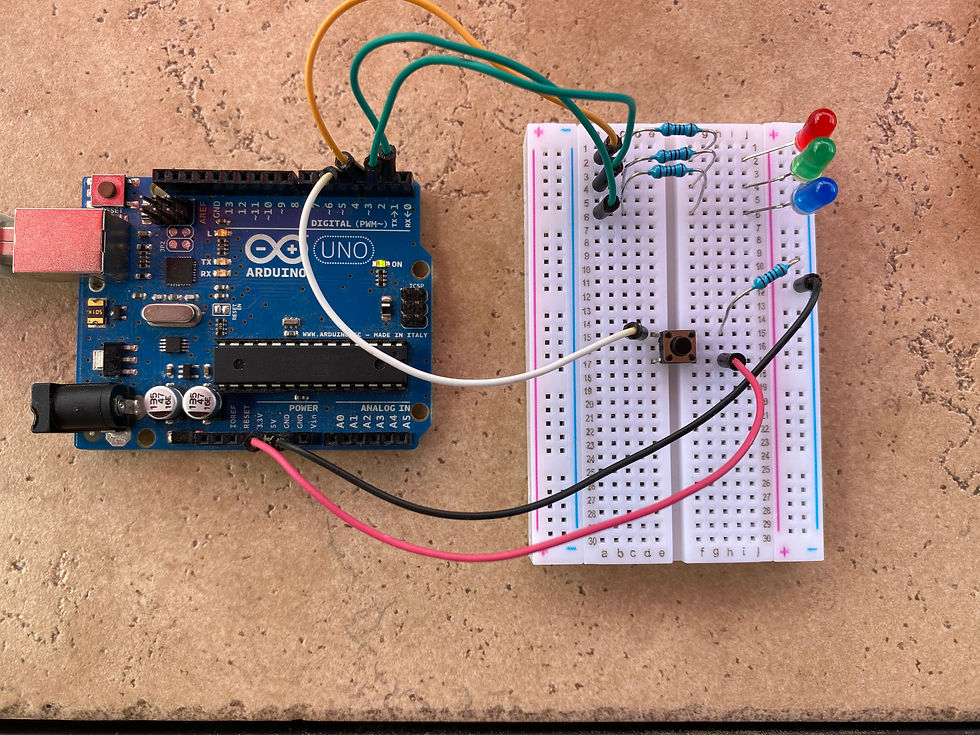A Guide to Circuits with One Equation
- Christopher McKinney

- Apr 22, 2020
- 2 min read
I wanted to do this blog because when I was younger and my interest in circuits was growing, I did not have a lot of math background that I could apply to my creations. Whenever I looked at online resources and textbooks, I found that they were often confusing and very math intensive. That isn't to say that building some circuits doesn't require some advanced math. In fact, most of the consumer electronics we use are so advanced that an electrical engineer would be needed understand the math behind them. Through my time designing projects I have discovered the concepts, requiring no more than multiplication/division, that are most important to understand in order to build some basic circuits.
The Electricity/Water Analogy
There is a reason that this analogy is used in various textbooks for introducing concepts of electricity to new learners. The electricity/water analogy relates this new idea to something we are familiar with: flowing water. Think of every water droplet as an electron. The water pressure is considered the electric voltage (measured in volts), the water flow is the current (measured in Amps), and a blockage in the hose is resistance (measured in Ohms). The equation I am listing below is the most basic equation for circuitry:
Voltage / Resistance = Current
(water pressure) / (blockage) = (water flowing)
This equation can be rewritten multiple ways but I like to show it this way because current is dependent on the voltage and the resistance. Lets say you have a hose with high water pressure and no blockage. Since the "voltage" is high and the "resistance" is low, based on the equation there will be high "current" and lots of flowing water.
Now, if some blockage was introduced to the hose line and the water pressure was kept the same, the flow of water would decrease. Furthermore, if the water pressure was increased and the blockage was kept the same, more water would flow.
Now if we were to think of this in terms of electronics, it should make a little more sense.
We now have a battery hooked in a loop with a resistor, a component that provides "blockage" in the wire", and a light bulb (LED). The LED needs 5 volts but on if it is given too much current it could break (think of it is as a pipe bursting because of too much water). To decrease this flow we provide the resistor, which allows just right amount of voltage and current. The current required for this led is around 20 milliAmps (20/1000th of 1 Amp). Using our equation, this would give us a resistance with the value of 250 ohms. The final circuit would look something like this:

I hope everybody learned something in this introduction to circuits! Below I am providing a link to a video that is a good visual of the water/electricity analogy.



Comments